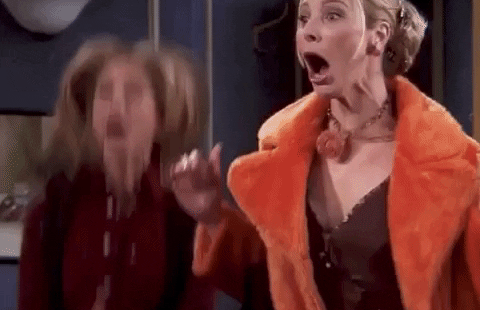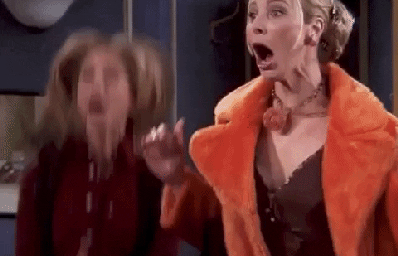Growing up with a Polish background, my parents always had my brothers and I involved with the Polish community. We would go to mass at the Polish church every Sunday and attend different events at the Polish hall. One of the things I enjoy the most is Polish folk dancing.
We are put into different age groups in which we perform together. These groups have been the same since we were kids, and since we all started so young, we have grown extremely close. Every week we practice for a couple hours and every couple months or so we perform!
The Carousel of Nations is celebrated every June in Windsor. It’s where different cultures create an event that allows them to share their food, culture, and music. It’s my favourite time of year, not only because we have a Polish carousel where we perform, but also because we get invited to go to other communities’ carousels to perform.
We perform locally at our carousel or at the others in Windsor and at so many out-of-town events. We’ve performed in Toronto, Hamtramck, London, Chicago, Minneapolis, Poland, Winnipeg, and so many more!
As kids we considered dancing a chore and just something our parents forced us to do. Now, we’re excited to get together and get on stage We create amazing memories and share lots of laughs.
Each traditional Polish dance that we perform is associated with a region in Poland. For example, my group name and a category of dance is Tatry. This name refers to the mountain region in Poland. So, when we perform dances from Tatry, the type of music, feet work, and tricks are much different than the style from a region that is in more of an urban area.
The traditional dance moves we incorporate into our performances are the following 5: Krakowiak, Kujawiak, Mazurek, Oberek, and Polonaise. Each of these are extremely different styles. For example, some are more upbeat, some are slow, some you dance with a partner, some you don’t, some wear big heavy costumes, some wear light costumes.
Every dance is not only unique in its choreography, but also in its costume. The costumes worn are always traditionally associated with the region in Poland. Some of the costumes require bulky dresses and long black boots, some require little dainty dresses with moccasin-like shoes. But, one thing that never changes about our costume, is that the girls must always wear hair extensions to have one long braid and we must always wear red lipstick.
My favourite part of the whole experience is honestly not even the dancing itself, but how it brought my group so close together through the fun times we shared. At the end of every performance, we eat, and then a half hour later… we’re dancing and singing again! We have such a good time every time, even if our performance doesn’t go well.
At the end of the day, it’s all about enjoying ourselves and sharing our culture and traditions with others, and I hope to remain a part of it for many years to come!


